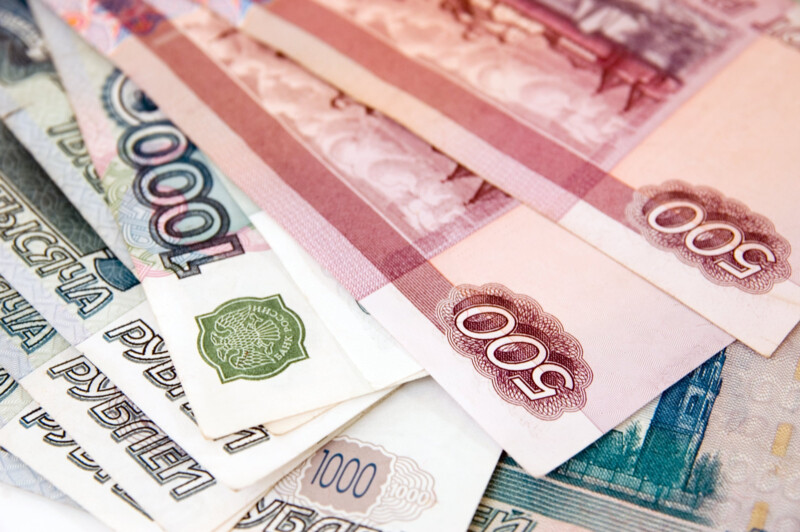En seulement 2 mois, le rouble a effectué une remontée impressionnante malgré les sanctions économiques internationales contre la Russie en conséquence de la guerre en Ukraine. Défendu par une série de mesures fortes, il a échappé à l’effondrement, mais le marché est totalement métamorphosé.
Des mesures fortes pour redresser le rouble
Dès le 28 février, la banque centrale a relevé ses taux d’intérêt à 20 %, puis le gouvernement a contraint les entreprises russes à convertir au moins 80 % de leurs revenus en provenance de l’étranger en roubles.
Les courtiers russes ont reçu l’interdiction de vendre les titres des investisseurs étrangers, et les particuliers ont vu les transferts d’argent vers l’étranger interdits puis limités. La Banque centrale a également lié le rouble à l’or en reprenant ses achats d’or au prix fixe de 5 000 roubles le gramme jusqu’au 30 juin, ce qui a permis au rouble de se renforcer face au dollar.
Ces différentes mesures ont contribué à la remontée fulgurante du rouble, qui a gagné 21 % par rapport à l’euro et 12 % par rapport au dollar.
Mais le marché est aujourd’hui métamorphosé. Depuis la mi-février, les transactions en Russie et à l’étranger sur le dollar-rouble ont considérablement chuté. Elles auraient été, selon Goldman Sachs, divisées par 5.
Les banques occidentales sont nombreuses à avoir décidé de ne plus détenir de roubles, voire de ne plus traiter cette devise pour leurs clients tant que durera la guerre en Ukraine.
Les banques tentent de faire face à la chute des volumes
Certaines banques sont aujourd’hui dans l’incapacité d’apporter une garantie de liquidité à leurs clients, les volumes ayant considérablement chuté. D’autres déploient des stratégies d’adaptation, pour faire face aussi bien aux sanctions internationales qu’à l’effondrement des volumes.
Ainsi, un ordre de virement de 1 milliard de roubles sera divisé en 4 transactions de 250 millions de roubles chacune pour limiter le risque pris par la banque. Car le rouble a beau s’être redressé, les risques sont trop importants pour les banques, qui doivent composer avec la volatilité de la devise, la menace d’une nouvelle chute ou l’impossibilité provisoire de la convertir.
Les banques occidentales font donc en sorte de ne plus avoir de stock de roubles à la fin de la journée, ou très peu. Il leur est également difficile d’en vendre, car les autorités russes ne leur permettent plus d’être à découvert de roubles.
Par conséquent, il n’est plus possible pour une banque occidentale de demander une avance à sa filiale ou à sa correspondante russe, ce qui limite considérablement la marge de manœuvre.
Le rebond du rouble ne signifie donc pas, contrairement aux apparences, que la situation économique s’améliore, mais résulte uniquement de diverses mesures fortes du gouvernement russe, qui en a fait l’une des monnaies les plus encadrées au monde.
